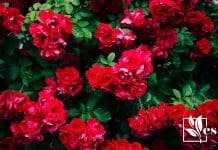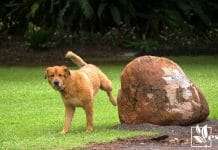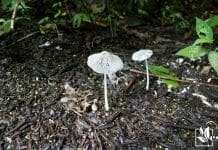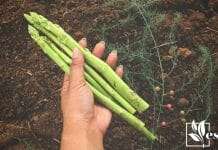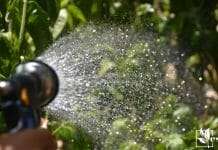If you’ve noticed your Schefflera’s leaves falling off, it can be disconcerting to witness what was once a lush tropical plant start to look sparse and unhealthy. As a durable houseplant known for its resilience and attractive foliage, the Schefflera should generally maintain its leaves throughout the year. Leaf loss often indicates that the plant is stressed and needs attention. Reasons for dropping leaves can range from improper watering practices to environmental stressors.
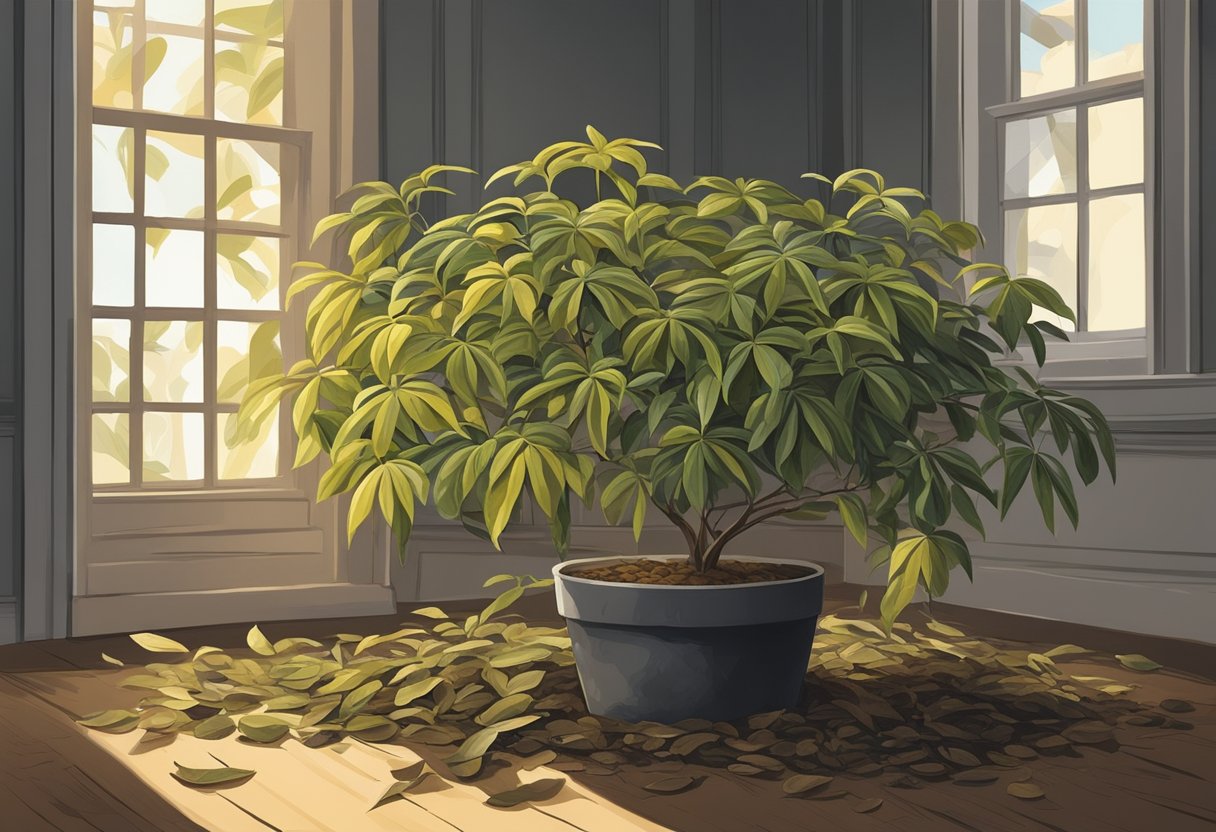
The most common causes for leaf loss in Schefflera include over or underwatering, insufficient light, temperature stress, overfertilization, pest infestations, diseases, and environmental changes such as a move to a new location or shifts in humidity levels.
From my experience, ensuring that your Schefflera gets the right balance of care is key to keeping it healthy. Much like other tropical plants, they prefer consistent conditions that mimic their natural habitat. A Schefflera’s care routine isn’t complex but does require adherence to certain guidelines to prevent leaf drop. Monitor your plant for signs of distress and address issues promptly to maintain its beauty and health.
JUMP TO TOPIC
Essential Schefflera Care Tips
To maintain a healthy Schefflera, understanding its basic care requirements is crucial. These include specific needs for watering, light, soil, fertilization, and humidity. Meeting these needs will ensure your Schefflera thrives.
Watering Requirements
I’ve noticed Schefflera plants prefer a consistent watering schedule that allows the soil to remain moderately moist. Overwatering or underwatering can cause leaf drop, so I use the following approach to prevent these issues:
- Check soil moisture with a finger or moisture meter – if the top inch is dry, it’s time to water.
- Let the soil dry out slightly between watering sessions.
- Ensure your pot has good drainage to avoid waterlogging.
Light and Location
Bright, indirect light is ideal for Schefflera plants. Direct sunlight can scorch the leaves, causing them to fall off, while low light may weaken the plant. My tips for ensuring the right light conditions are:
- Place the plant in a location where it gets filtered sunlight throughout the day.
- Use sheer curtains if necessary to soften direct sunlight.
- Rotate the plant periodically to encourage even growth.
Soil and Repotting
Schefflera requires well-draining soil to prevent root rot. A mixture including peat, perlite, and coarse sand creates an environment that balances moisture retention with drainage. Here’s my process for maintaining healthy soil and roots:
- Choose a potting mix designed for houseplants with good aeration.
- Repot every few years or when the plant becomes rootbound to refresh the soil.
Fertilization and Nutrition
These plants are light feeders, meaning they don’t require heavy fertilization. Overfertilization can harm the plant, leading to more issues. I fertilize my Schefflera with this in mind:
- Use a balanced, water-soluble fertilizer diluted to half strength.
- Apply fertilizer during the growing season, typically spring and summer, and reduce during fall and winter.
Creating the Ideal Humidity
Schefflera prefers a humid environment but can adapt to average household humidity levels. To increase humidity around the plant, I employ one of the following methods:
- Regular misting of the leaves.
- Using a humidifier nearby.
- Placing a water tray with pebbles under the pot to increase local humidity.
Identifying and Treating Schefflera Problems
In my experience with Schefflera plants, leaf loss can often be attributed to specific issues such as pest infestations or environmental stressors. Below, I detail how to tackle and solve these problems.
Common Pests and Diseases
- Spider mites: These create fine webs and can cause yellowing of the leaves.
- Scale and mealybugs: These appear as small bumps or cottony masses and can lead to sticky residue on leaves.
- Thrips: They leave silver streaks on leaves and can lead to deformation.
If I find any of these pests on my Schefflera, I treat them promptly with neem oil or insecticidal soap, ensuring the entire plant is covered. Regular checks for new pests are vital, as early detection helps keep the infestation under control.
Environmental Stress Factors
I make sure my Schefflera is not located in areas with sudden temperature changes or where it could be exposed to drafts. Such stress can cause leaves to yellow and fall off prematurely. Schefflera prefers consistent temperatures and humidity levels. When the air is too dry, particularly in winter months or in air-conditioned rooms, I use a humidifier to maintain the optimal environment.
Preventing and Treating Root Rot
Heavy soil and poor drainage can lead to root rot, a serious issue for Schefflera.
When I water my Schefflera, I check to make sure the soil is dry on top and that the pot has adequate drainage holes. To prevent root rot, avoid overwatering, and ensure the potting mix is well-draining. If root rot has already set in, I remove the plant from the pot, trim away the affected roots, and repot it in fresh soil. Regular care, including appropriate watering and not overfeeding with fertilizers, is key to avoiding this issue.
Enhancing Schefflera Growth and Appearance
To maintain the healthy growth and lush appearance of your Schefflera plant, it is important to understand the factors involved in its care. Regular pruning, understanding the natural aging process, and optimizing conditions for growth are pivotal to keeping your Schefflera thriving.
Pruning and Maintenance
I have found that timely pruning helps maintain the shape and health of Schefflera plants. Remove any yellow or drooping leaves to redirect energy to healthier growth. It’s crucial to prune away leggy branches too, which improves sunlight exposure to the lower leaves. Here’s what to look for when pruning:
- Yellow leaves: Sign of overwatering or poor nutrition.
- Drooping leaves: Could indicate underwatering or not enough light.
- Leggy growth: Often a result of low light conditions.
Coping with Schefflera Aging
As my Schefflera ages, it’s natural for older leaves to yellow and drop, a process not to be confused with health issues. I ensure the plant is not stressed from over or under-fertilization, which could aggravate leaf shedding in aging plants. Here’s what I’ve learned about managing aging:
Plants lose older leaves naturally. Address other health issues such as over or under-fertilizing to enhance plant longevity.
Optimizing Plant Growth
I optimize my Schefflera’s growth by balancing the right amount of light, water, and correct fertilization. Repotting stress can affect growth, so I repot only when necessary and use the correct soil mix. Here’s a brief table of my go-to care routine for fostering Schefflera growth:
| Optimal Light | Watering Consistency | Fertilizer Use |
|---|---|---|
| Indirect bright light | Allow topsoil to dry between watering | Balanced liquid fertilizer monthly in the growing season |
| Avoid direct sunlight | Do not overwater; check for drainage | Limit fertilizer in colder months |


